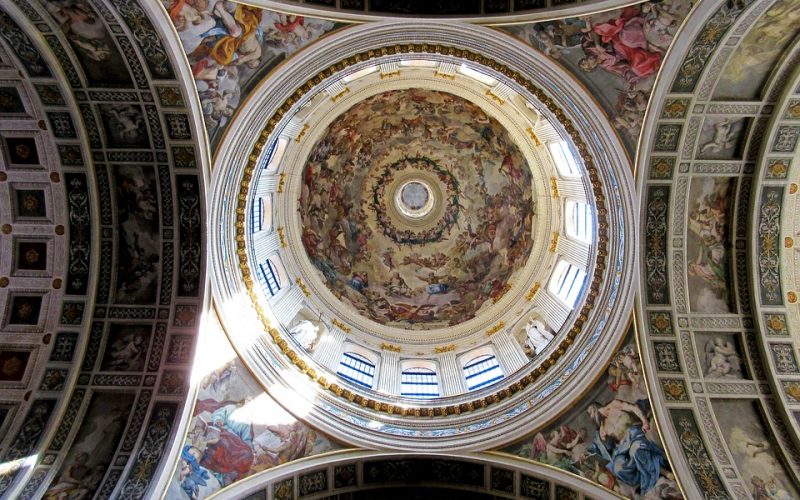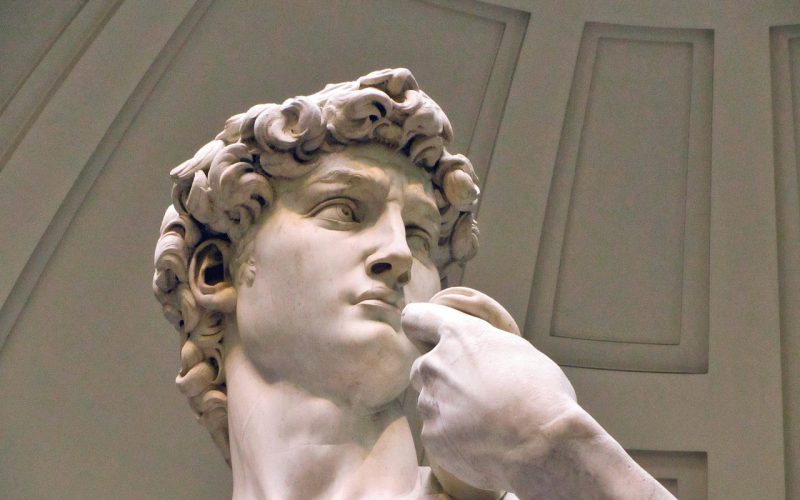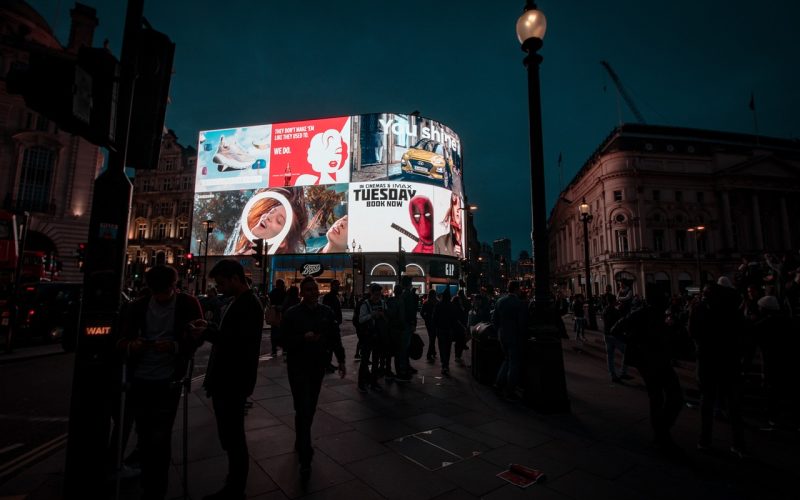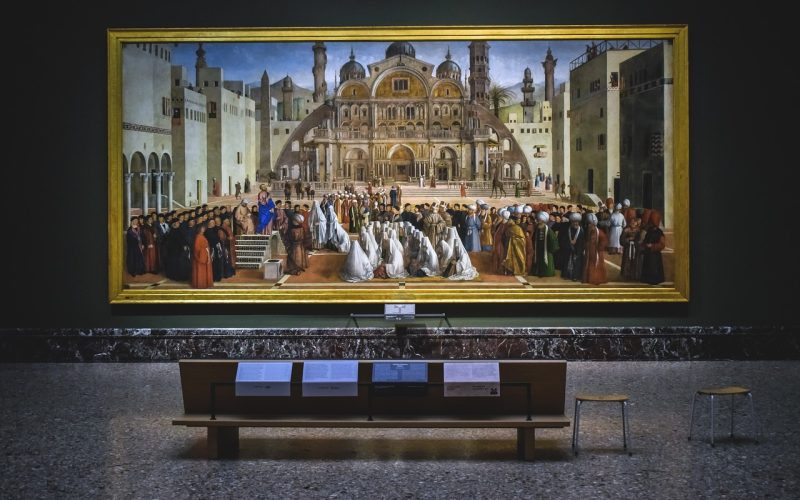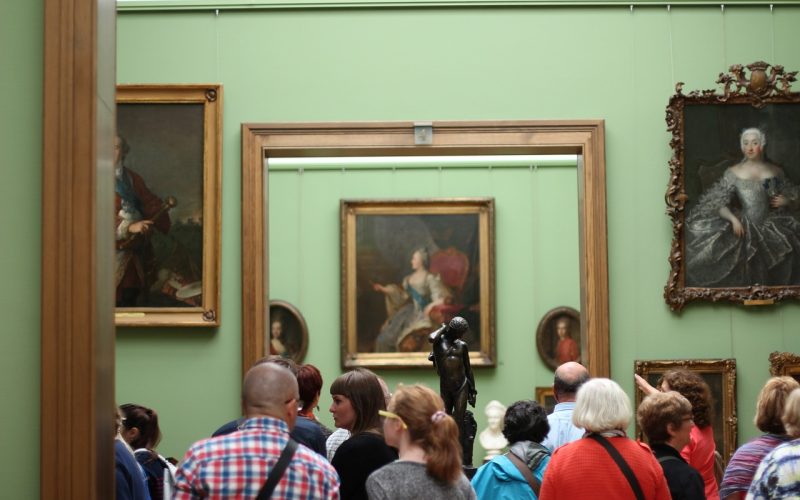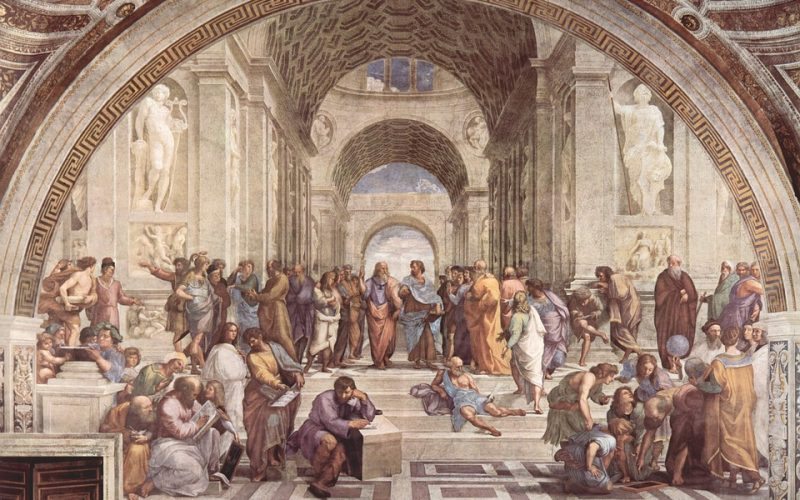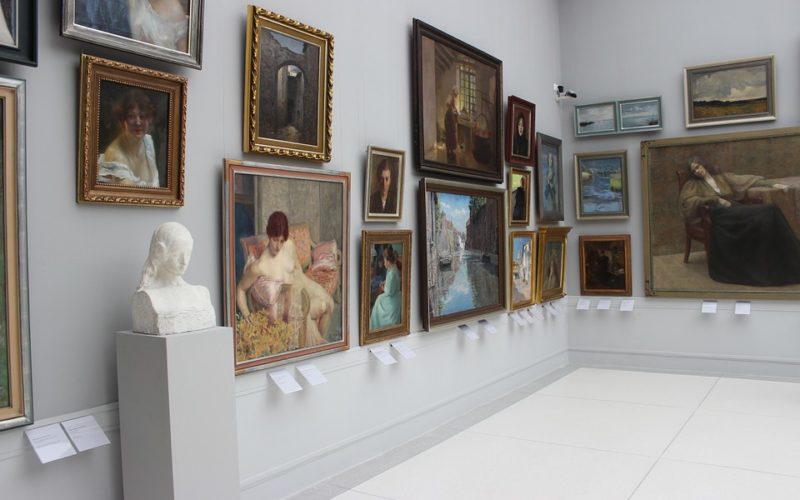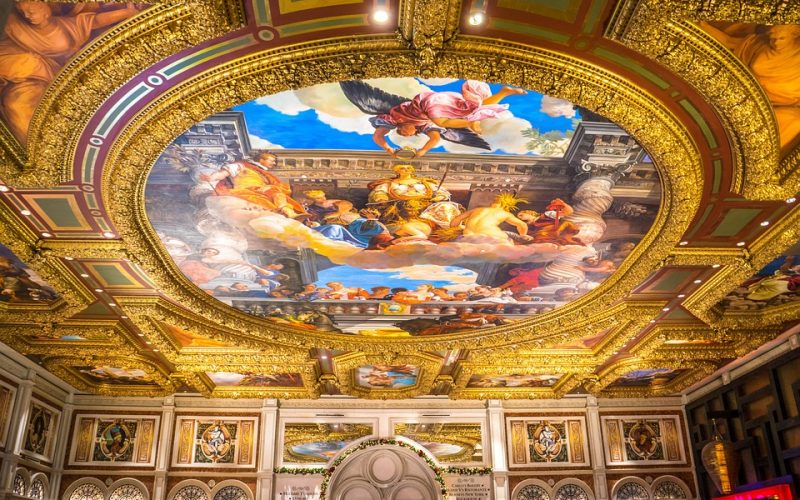While Italy was undoubtedly where the Renaissance began, it did spread throughout the entire continent of Europe. Many of the new techniques and famous painters lived and studied in Northern Europe. Jan van Eyck is one of the most famous Northern Old Masters. His works are noted for depicting reality clearly and with great precision. Details in his works are many, and he is credited with perfecting the use of a three quarter pose of his subjects. Rather than do silhouettes or frontal views, he posed his portrait subjects at this unique angle to give viewers a more complete and realistic look at the subjects.
The painting technique of using reflections is another item credited to van Eyck. Many of the famous portraits he painted had a mirror, glass or metal surface in the painting. Reflections can be seen within these objects. Several depict figures from outside the paintings and a few are said to be of the painter himself.
Like most artists of the time, van Eyck took on students and influenced other artists with his techniques. Petrus Christus is another Flemish Old Master and was reputed to be a student of van Eyck. One of his most famous works is Portrait of a Young Girl. While he captures the perspective and detail van Eyck was famous for, Christus chose to leave out the dark background van Eyck often preferred in portraits. His interior is realistic, light and has significant detail added. As with van Eyck, he was noted for his portraits rather than his religious paintings.
Portraits continued to be favored during the Northern Renaissance. Artists such as Hans Holbein the Younger and Albrecht Durer were famous for their portraits, done in oil, at the time. This was an important shift away from art that only depicted religious themes. It created a new path for artists as well as their subjects in the real world.
